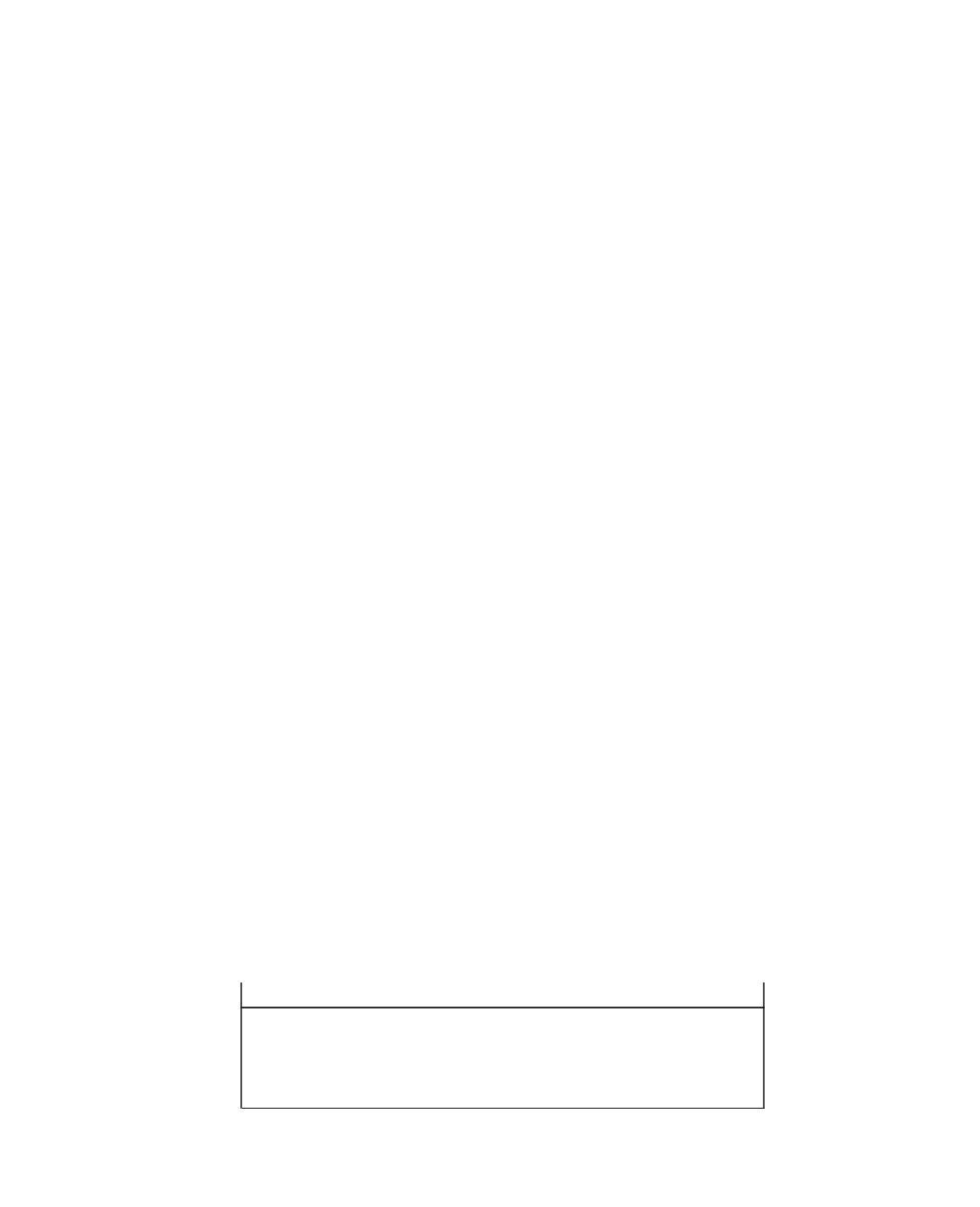Graphics Reference
In-Depth Information
tion (K
i
,j
i
) for
S
i
and let s
i
be a 2-simplex of K
i
. If the K
i
are simplicial complexes in
R
n
, we can choose n to be large enough so that we can reposition the polyhedra ÔK
i
Ô
in such a way that s
1
= s
2
=ÔK
1
Ô«ÔK
2
Ô.
Definition.
Any space that is homeomorphic to the underlying space of the simpli-
cial complex
(
)
-
{}
LKK
=»
s
1
2
i
is defined to be the
connected sum of
S
1
and
S
2
and is denoted by
S
1
#
S
2
.
6.5.5. Proposition.
The connected sum operation # is well defined, that is, the
homeomorphism type of
S
1
#
S
2
does not depend on the triangulations (K
i
,j
i
) or the
choice of simplices s
i
. Furthermore,
(1)
S
1
#
S
2
is a surface.
(2) (Commutativity)
S
1
#
S
2
S
2
#
S
1
.
(3) (Associativity)
S
1
# (
S
2
#
S
3
)
(
S
1
#
S
2
) #
S
3
.
(4) (Identity)
S
1
#
S
2
S
1
.
Proof.
The hard part of this proof is to show that the operation # is well defined.
The rest is easy. See [AgoM76].
6.5.6. Proposition.
Table 6.5.1 shows the symbols for the sphere and the connected
sum of n tori and n projective planes.
Proof.
See [AgoM76].
Definition.
The symbols in Table 6.5.1 are called the
normal forms
for the corre-
sponding surfaces.
The next step in classifying surfaces involves manipulating labeled polygons. One
ends up with the next theorem, the first main theorem dealing with the classification
of surfaces. On an intuitive level the proof involves starting with a labeled polygon
that corresponds to the symbol of a given surface and then, by cutting and pasting,
changing that polygon into another labeled polygon that defines a symbol having one
of the normal forms shown in Table 6.5.1. The details are lengthy and messy but not
hard.
Table 6.5.1
Surface symbols.
Surface
Symbol
S
2
aa
-
1
aaaa aaaa
(
)
(
)
11
11
SS# #SS
¥
L
¥
12 1
1
--
2
1
L
-
1
2
1
-
12
44443
4444
67
44
2n 1 2n
-
2n 1
-
n times
8
44
aa
L
a a
P# #P
2
L
2
11
n n


